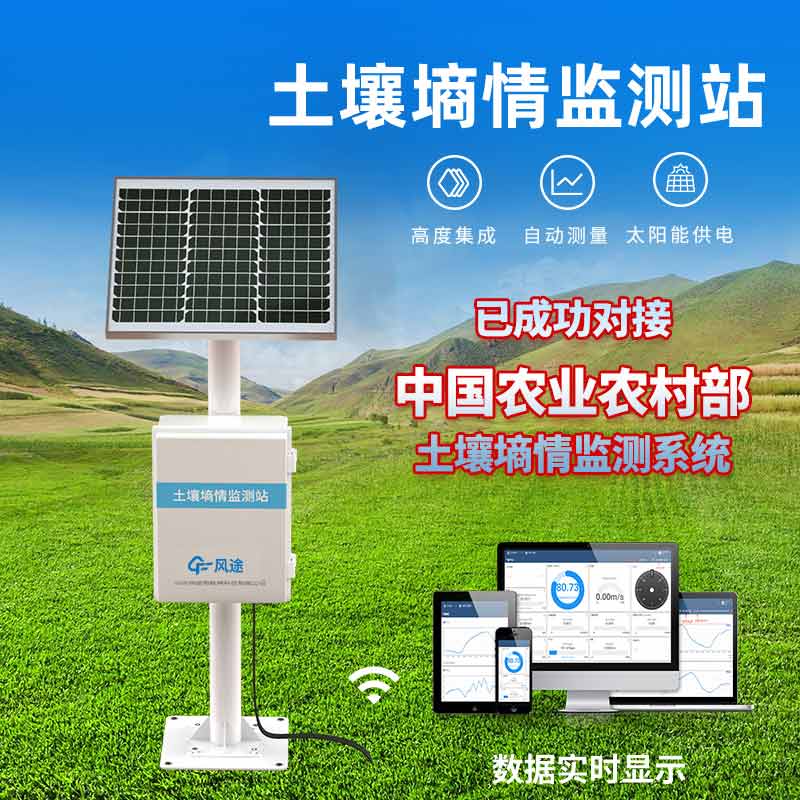Meteorological environment monitoring equipment supplier
Insist on doing high-precision customer favorite technology products
Agricultural soil moisture is extremely important.
On the one hand, soil moisture directly affects the growth and development of crops. Appropriate soil moisture can provide sufficient water for seed germination and ensure neat emergence. During the growth process of crops, good soil moisture enables the root system to fully absorb water and nutrients and maintain the normal physiological metabolism of the plant. If the soil moisture is insufficient, crops will grow slowly and their leaves will wilt due to lack of water. In severe cases, it may even lead to plant death. On the other hand, excessive soil moisture may cause poor soil ventilation, affect root respiration, and cause diseases such as root rot. At the same time, it is also not conducive to field operations.
On the other hand, soil moisture plays a key role in agricultural production decision-making. By monitoring soil moisture, farmers can accurately determine when to irrigate and how much water to irrigate, avoiding waste of water resources and increased costs caused by blind irrigation. At the same time, soil moisture information also helps agricultural departments and scientific researchers formulate reasonable planting plans, promote suitable irrigation technologies and drought-tolerant varieties, and improve the efficiency and sustainability of agricultural production. Accurately mastering soil moisture can also provide a basis for disaster early warning. For example, preventive measures can be taken in time before droughts or floods to reduce agricultural losses.
So, how should we monitor soil moisture? Manual monitoring is too troublesome. It is recommended to use Automatic Soil Moisture Monitors.
This is an efficient and convenient way to monitor soil moisture. Through sensors with different measurement principles, such as Time Domain Reflectometry (TDR) and Frequency Domain Reflectometry (FDR), it can quickly respond to changes in soil moisture, automatically collect soil moisture data, and store it in an internal memory or send it to a remote server or user terminal through wireless transmission. In this way, users can view soil moisture information at any time and anywhere through devices such as mobile phones and computers without having to go to the site for monitoring in person.
Automatic Soil Moisture Monitors also have an early warning function. When the soil moisture exceeds the preset range, the device will automatically issue an alarm to remind users to take corresponding measures in time. For example, in dry seasons, when the soil moisture content is too low, the device can remind users to irrigate. In rainy seasons, when the soil moisture content is too high, the device can remind users to pay attention to drainage to prevent waterlogging.
